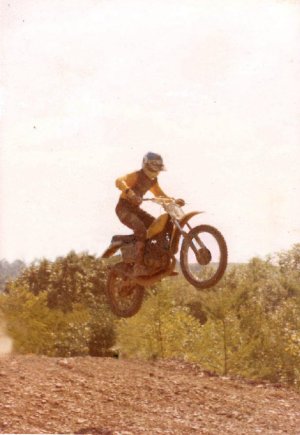I own a '11 GG300 6 Days (Marzocchi Forks, Ohlin 888 rear shock). The forks have been re-valved by LTR and the Ohlin shock is stock. I'm a 170 lb 50 y/o B rider and I'm not loving life with my suspension set up. The rear end seems to kick me around a lot and this may be confusing my impression of the front fork adjustments. My current set up is:
Shock
9mm spring pre-load on the rear shock
Rebound = 25 clicks open
Low Comp = 20 clicks open
High Comp = 1.5 turns open
Fork
Comp = 16 open
Rebound = 10 open
After reading some suspension tuning threads I think I might need to set my rebound properly before I tune anything else and I need suggestions on how to do this (front and rear). I'm planning to soften the compression first so I can focus on the rebound. Any suggestions on what I should do or look for?
Thanks,
Steve
Shock
9mm spring pre-load on the rear shock
Rebound = 25 clicks open
Low Comp = 20 clicks open
High Comp = 1.5 turns open
Fork
Comp = 16 open
Rebound = 10 open
After reading some suspension tuning threads I think I might need to set my rebound properly before I tune anything else and I need suggestions on how to do this (front and rear). I'm planning to soften the compression first so I can focus on the rebound. Any suggestions on what I should do or look for?
Thanks,
Steve

